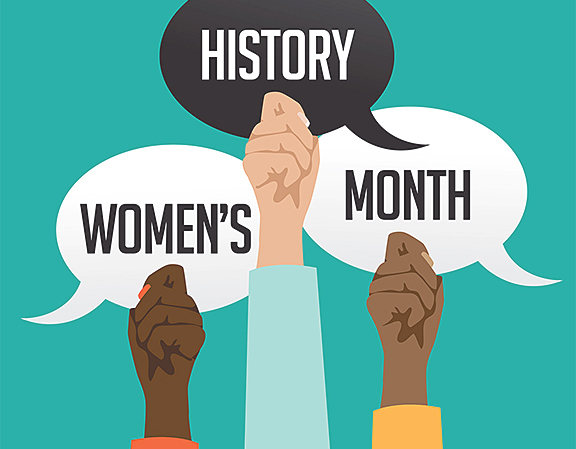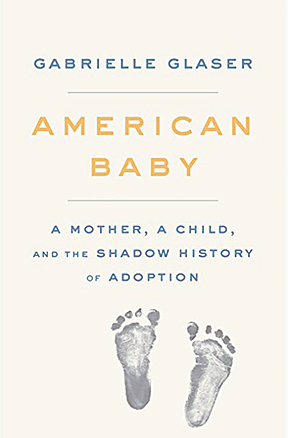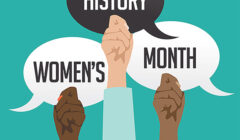For Women’s History Month 2021
The theme for Women’s History Month 2020 was “Valiant Women of the Vote.” 2021 builds on 2020’s theme: “Valiant Women of the Vote: Refusing to be Silenced.” Refusing to be silenced about civil and political rights plays as more valiant than refusing to be silenced about one’s body being used and violated. While authorities force-fed female suffragists, many poor mothers lost their children to orphan trains and industrial schools while they themselves lacked the means or power to keep their born children and keep from conceiving more. Today, adoption, a happy-sounding word, is characterized as a nice reproductive option. The reality of adoption is a mixed bag.
 I read Tim Green’s 1997 memoir “A Man and His Mother: An Adopted Son’s Search,” after hearing about the book following Tim Green’s 2018 revelation that he’d developed ALS. As I read along, I realized that I had heard of the book before. My father suggested I read Tim Green’s memoir when it first came out; my father said the book might help me understand some things, a suggestion that I misunderstood to be related to football. Page 11 of Tim Green’s memoir makes a powerful statement about cut cords that I now very much understand.
I read Tim Green’s 1997 memoir “A Man and His Mother: An Adopted Son’s Search,” after hearing about the book following Tim Green’s 2018 revelation that he’d developed ALS. As I read along, I realized that I had heard of the book before. My father suggested I read Tim Green’s memoir when it first came out; my father said the book might help me understand some things, a suggestion that I misunderstood to be related to football. Page 11 of Tim Green’s memoir makes a powerful statement about cut cords that I now very much understand.
By the time I read “A Man and His Mother,” I had read many adoptees’ and mothers’ stories. I’d joined social media groups devoted to increasing adoptee access to information. I’ve left groups where activists harshly judged “mothers in hiding.” Advocates of closed records frequently cite birth mothers’ privacy as a primary issue. While there are mothers who might wish to remain anonymous; there are many who do not; many women spend years searching for the children they’d been gaslighted or forced into relinquishing.
Some adoptees themselves report being made to feel ungrateful for wanting to know their biological roots. Adoptees seek to know their biological and family histories for a variety of reasons. We all, male and female alike, entered life through the biology of some living breathing woman somewhere. Our economic system seems not to reward childrearing unless it’s done by others; education and career-building is encouraged during the timeframe in which women are most fertile; and amid both limiting and expanding opportunities for girls and women, our multi-cultural USA seems unified in one thing: causing girls from menarche forward, to associate socioeconomic success with overcoming or sidestepping biology and generativity. The rough stuff of women’s collective reproductive histories still falls into the realm of experiences “we” don’t
talk about. I don’t know what is being taught in religious, health, or sex-ed classes these days, but I wish they would teach from Daniel Siegel’s practical neuroscience book “Brainstorm.” Our senses, bodies, and minds are designed to work together in specific ways at specific ages. Wholistic human health underpins societal health yet we compartmentalize our experiences to survive.
 Women’s History Month tends to focus on women’s career or civic achievements
Women’s History Month tends to focus on women’s career or civic achievements
in what used to be called “a man’s world.” An individual woman’s history builds on
her own understanding of important life events. “Back from Oblivion,” a recent article in American Academy of Neurology bi-monthly “Brain and Life,” describes how,
during brain injury, retrograde amnesia, the inability to recall stored memories; and anterograde amnesia, the inability to store new memories, often coexist. My reading and experience suggest that severing connection to one’s own history prevents a person from connecting ongoing feelings to past causes. The body remembers what the mind can’t understand. Re-integrating blocked personal histories and perspectives into the shared narrative are not rewriting history; it’s making history more complete.
Mothers and infants separated at birth both suffer trauma: trauma that society does not acknowledge.
 Gabrielle Glaser’s 2021 book “American Baby: A Mother, A Child, and The Shadow History of Adoption,” details a birth and adoption story from the not-so-distant past. In 1961, 16-year-old Margaret Erle became pregnant after having sex once with her boyfriend. Margaret hides her pregnancy for a time, but once discovered, finds herself called “hure” by her mother; hissed at by strangers on the bus; and sent to a Staten Island home for unwed mothers run by Louise Wise Services, an adoption agency.
Gabrielle Glaser’s 2021 book “American Baby: A Mother, A Child, and The Shadow History of Adoption,” details a birth and adoption story from the not-so-distant past. In 1961, 16-year-old Margaret Erle became pregnant after having sex once with her boyfriend. Margaret hides her pregnancy for a time, but once discovered, finds herself called “hure” by her mother; hissed at by strangers on the bus; and sent to a Staten Island home for unwed mothers run by Louise Wise Services, an adoption agency.
I read “American Baby” quickly; but it is not a quick, comfortable read. I listened to two radio interviews with Ms. Glaser. In a February 16 interview on WNYC radio, the author mentions that, prior to 1971, premarital sex was illegal in NYS. (I do recall that in the 1960s, pregnant girls were characterized as “in trouble” even if they’d done nothing “wrong.” I didn’t know what that “something wrong” was.) While Margaret hoped to get her son, whom she named Stephen, out of the pre-adoption foster placements Margaret’s mother had agreed to, because of New York law, Louise Wise Services was ultimately able to threaten Margaret with incarceration if she did not sign final papers.
“American Baby” is more than the stories of Margaret and her son, whom his adopted parents named David. It is the story of family, tradition, human rights, civil rights, and change. If anyone wants to read some women’s history for Women’s History Month, I suggest “American Baby.”
March on.











